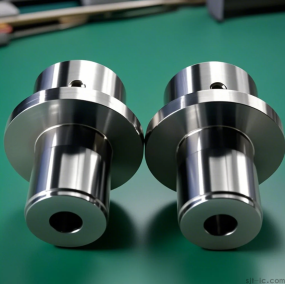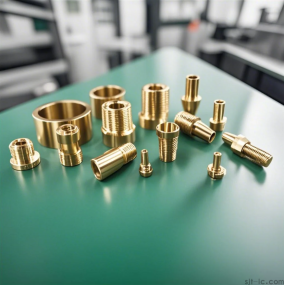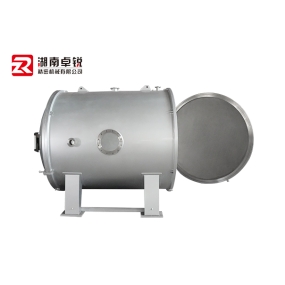The detection and quality control during the processing of optical communication components are key links to ensure the performance and quality of the components. The following is a detailed analysis of this process: 1. Inspection Step 1. Importance of Dimensional Measurement: The dimensional accuracy of optical communication components is crucial for their assembly and performance. Method: Use high-precision measuring equipment for size measurement, such as vernier calipers, height gauges, micrometers, etc. Requirement: Ensure that the dimensions of the parts meet the design requirements and that the tolerances are controlled within the allowable range. 2. The Importance of Geometric Tolerance Detection: Geometric tolerances reflect the shape and positional accuracy of parts. Method: Use optical measuring instruments or coordinate measuring machines to detect geometric tolerances. Requirement: Ensure that the geometric tolerances of the parts meet the design requirements to meet the requirements of assembly and use. 3. The importance of mechanical performance testing: Mechanical performance reflects key properties such as strength and durability of parts. Method: Conduct mechanical performance tests such as stretching, compression, and bending to evaluate the mechanical properties of the parts. Requirement: Ensure that the mechanical properties of the parts meet the design requirements to meet the usage requirements. 4. The importance of optical performance testing: Optical performance is one of the core properties of optical communication components. Method: Use optical measuring instruments to test parameters such as refractive index and attenuation of optical fibers. Requirement: Ensure that the optical performance of the parts meets the design requirements to ensure efficient transmission of optical signals. 2、 Quality Control Step 1: The Importance of Raw Material Control: The quality of raw materials directly affects the performance and quality of parts. Measures: Strictly inspect and screen raw materials to ensure that their quality meets requirements. 2. The importance of process control in machining: Control during the machining process is crucial for ensuring the quality of parts. Measures: Strictly control every step of the machining process, such as evaluating tool life and adjusting machining parameters, to ensure the stability of the machining process and the quality of the parts. 3. The importance of quality inspection and feedback: Quality inspection is an important means to ensure the quality of parts. Measure: Conduct multiple quality inspections on the parts during the processing to promptly identify and correct any issues. At the same time, establish a quality inspection feedback mechanism to promptly provide the inspection results to the processing personnel, so as to adjust the processing parameters and improve the processing technology in a timely manner. 4. The importance of SPC control: SPC control (Statistical Process Control) is a method used to monitor and control the production process. Application: In the processing of optical communication components, SPC control can be applied to important dimensions to prevent possible abnormalities during the processing, thereby avoiding product repair or scrapping.



 Spanish
Spanish Arabic
Arabic French
French Portuguese
Portuguese Belarusian
Belarusian Japanese
Japanese Russian
Russian Malay
Malay Icelandic
Icelandic Bulgarian
Bulgarian Azerbaijani
Azerbaijani Estonian
Estonian Irish
Irish Polish
Polish Persian
Persian Boolean
Boolean Danish
Danish German
German Filipino
Filipino Finnish
Finnish Korean
Korean Dutch
Dutch Galician
Galician Catalan
Catalan Czech
Czech Croatian
Croatian Latin
Latin Latvian
Latvian Romanian
Romanian Maltese
Maltese Macedonian
Macedonian Norwegian
Norwegian Swedish
Swedish Serbian
Serbian Slovak
Slovak Slovenian
Slovenian Swahili
Swahili Thai
Thai Turkish
Turkish Welsh
Welsh Urdu
Urdu Ukrainian
Ukrainian Greek
Greek Hungarian
Hungarian Italian
Italian Yiddish
Yiddish Indonesian
Indonesian Vietnamese
Vietnamese Haitian Creole
Haitian Creole Spanish Basque
Spanish Basque











